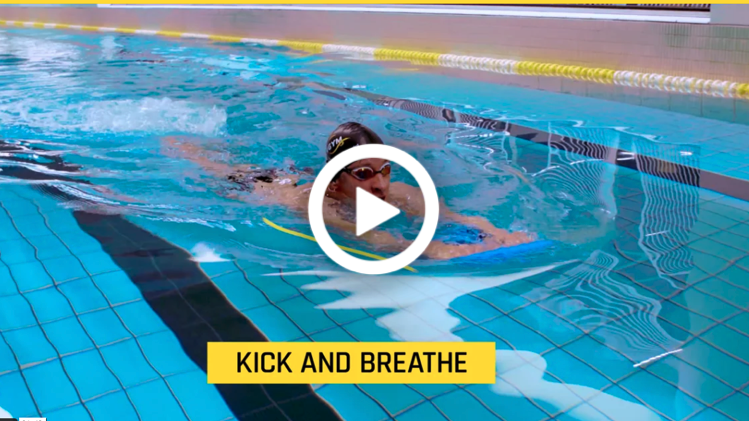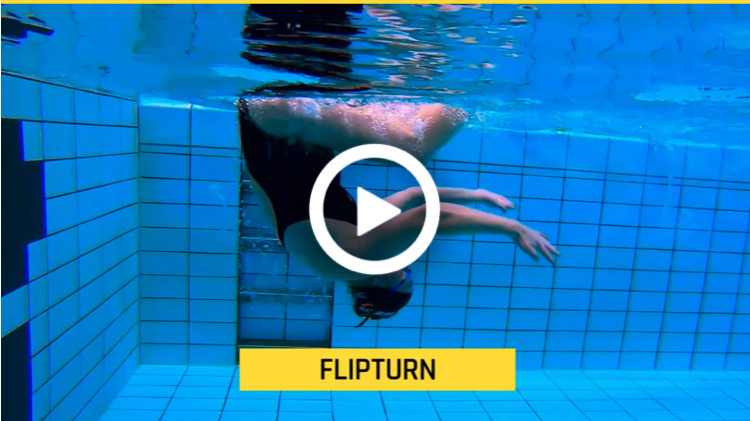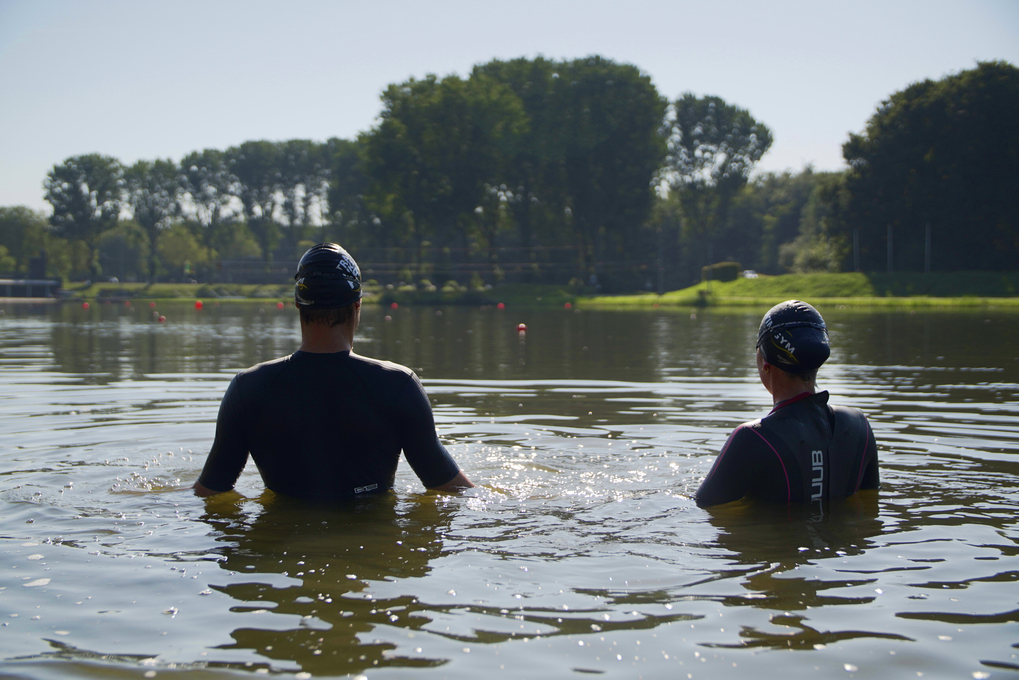Swimming blog - TRIATHLON and ENDURANCE Long distance swimming: how to pace yourself well to prevent crashing early
Too fast is a blast but it doesn’t last. Did you know that the first 100 meters in your long-distance swim is crucial to setting you up for a good race? In fact, you can mess up your race in the first 100 meters by going too fast. Why is this and what are the tips and tricks to keep on track for a solid long distance swim? If you have been looking for answers to these questions, then this blog is for you.
Start with the handbrake on
You are not going to win the race in the first 100 meters, believe it or not. However, we see so many athletes trying to do this. Our advice? Start your swim with the handbrake on. Swim slower than you think you should, this is key. It’s a really hard skill to develop because you are all pumped up for your race and you feel good, so why not let it rip? Because you don’t have unlimited energy reserves and the faster you go, the more resistance you create. This resistance breaks down your technique by shortening the stroke or dropping us back into old habits.
So, there is nothing wrong with feeling good, but save the fast stuff for the end of the race when you really need it. Starting at a well paced effort means that the technique will stay in tackt longer and your average speed the same. This means that people might swim away from you at the beginning, but you will overtake them as the race continues.
Kick Less
Kicking uses quite a lot of oxygen because the leg muscles are bigger, but contributes only a tiny bit to the overall speed. However, kicking is needed to keep your legs high, resistance low and your stroke balanced. So, learn to start the race by swimming the first 100 meters with minimal kick effort. If you are not wearing a wet suit this can be an issue. You can easily train a better body position by kicking more during practise, just like the pros do. Kicking more in training will also help you to switch the kick on and off at will, a handy skill for any swimmer.
If you want to learn how to kick well, go to Swimgym.com and check out our fantastic kicking tutorials.
 Relax your breathing with the Kick & Breathe drill
Relax your breathing with the Kick & Breathe drill
Breathing Pattern
Feeling good also means that we tend to breathe less when starting a long swim. We add a breathing restriction to an already fragile framework of going too fast. The damage is done from the start. So, start right with your breathing and be in with the fight. To swim a good long-distance race, you simple need lots of oxygen. The average runner breathes an average of 60 times per minute. If you swim breathing bilaterally (one breath for every three strokes), you are breathing on average 20 times per minute. Can you spot the difference? Any further breathing restrictions like swimming four strokes to one breath and you are asking a lot more of your aerobic energy system than it can handle. The result is that your cells can’t get rid of the acid quick enough and you will crash and burn. Your muscles will acidify.
Our advice would be to breathe once every two strokes, preferrably switching sides regularly for a symetrical and balanced stroke. This gives you the best chance to keep the hydrogen levels constant in your body. It will also help you to feel relaxed and enjoy what is arguably the time of your life.
Side Note: The lactate acid your body produces is useful. It helps in manufacturing energy for the aerobic system. So, unlike what we’ve come to believe, that no acid is good, we do want the acid to be produced but only in the right amount the body can handle. And here again pacing is key. Swim on your personal acid threshold, also known as the lactate threshold, and you will not crash and burn.
The 'wall' Is lava
If you are new to swimming you may want to stop in the first 100 meters when practising long distances. Don’t. Switch to another stroke if you have to, but keep swimming. The mind is a feeble place and if you stop in the first 100, you will not want to go through with your race at all. Imagine that the wall is lava and that you cannot stop, you have to continue.
Focus on your breathing, lower the stroke effort and keep going. The body will adapt and you will feel better more comfortbale the longer you swim. We have all experienced this feeling. Experienced swimmers know it well and ignore it as they know it is just a part of the body adapting to the water.

Learn the flipturn to minimise contact with the wall
Learning not to crash and burn your long-distance race in the first 100 meters is no easy task, but it is achievable by swimming slower than you think, not using the legs too much, breathing more often and keep going. The reward is worth it: you will overtake people, a lot of people along the way, you will be having fun and smiling to yourself for having read this article and applying its principles.
Written by Michael Stolt
